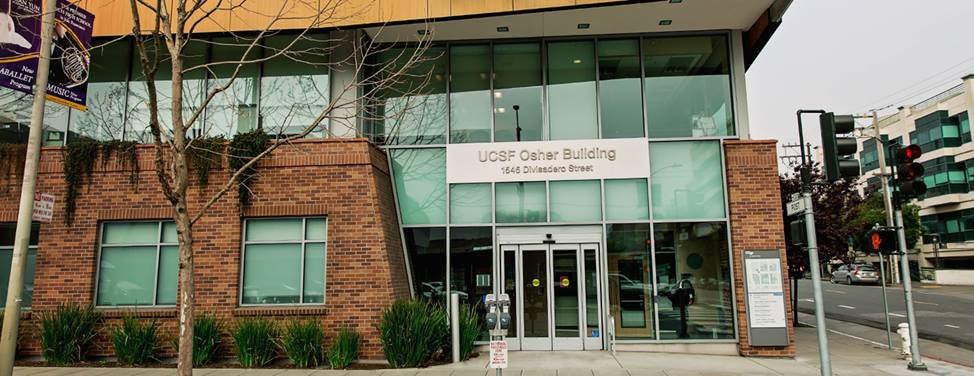Biofeedback is a technique that measures bodily functions such as heart rate, sweat gland activity and muscle contractions, then feeds this information back to you to help you increase your awareness of involuntary body responses and learn to consciously self-regulate. This can help you gain a level of relaxed awareness amidst chronic or acute stress.

Biofeedback
The UCSF Osher Center for Integrative Health offers biofeedback services for a variety of health problems. Our certified biofeedback practitioner can help you identify your own unique stress response and learn new skills to shift unhealthy patterns.
Conditions
Biofeedback may be used alone or in combination with other complementary or conventional medicine treatments. It is often most effective when coupled with other practices, such as relaxation techniques or guided imagery.
Biofeedback can be used for a number of conditions. It is particularly beneficial in helping patients:
- Manage anxiety and stress
- Prepare for surgery and medical procedures
- Enhance their meditation practice
- Improve heart health and lower blood pressure
- Manage digestive disorders
- Manage headaches and migraines
- Manage temporomandibular disorders (often called TMJ or TMD)
- Manage urinary and fecal incontinence and chronic constipation
- Ease pain and other musculoskeletal issues
Currently, the Osher Center for Integrative Health does not offer neurofeedback for ADD or ADHD. The UCSF Center for Pelvic Physiology provides specialized training for incontinence and pelvic floor disorders.
Biofeedback is non-invasive, and may be an option for pregnant patients or people who can't tolerate medications for their conditions.
Evaluation
If you are not sure whether biofeedback is an appropriate treatment for your condition, first schedule an integrative health consultation at the Osher Center for Integrative Health. They will review your medical history and help you decide which therapies best fit your needs. You may also schedule with a referral from your doctor. Currently, the Osher Center does not contract with health insurance companies for biofeedback.
Training
During biofeedback, you are connected to sensors that measure and receive information about your psychophysiological responses and stress activation via heart rate changes, breathing patterns, exhaled CO2 levels, skin temperature, sweat gland activity and muscle tension. Feedback is displayed on a computer so you can observe the shifts that occur. In a series of sessions, your practitioner will observe these measurements and lead you through various exercises and relaxation techniques so you can learn how to make subtle changes in your body, such as relaxing certain muscles to reduce pain.
Biofeedback sessions are tailored to each patient and may include trainings in relaxation techniques, guided imagery or other tools. Most patients need at least four to six sessions to learn new patterns and sustain the effects, but this varies from person to person.
UCSF Health medical specialists have reviewed this information. It is for educational purposes only and is not intended to replace the advice of your doctor or other health care provider. We encourage you to discuss any questions or concerns you may have with your provider.







